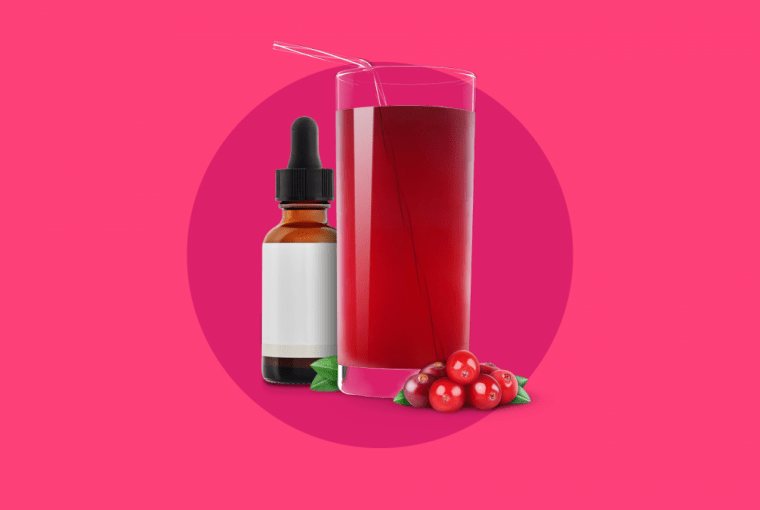Urinary tract infections (UTIs) can be incredibly uncomfortable and disruptive to daily life. Many people wonder if natural remedies, such as cranberry juice, can offer relief from UTIs. In this article, we will explore the potential benefits of cranberry juice in combating UTIs and discuss why you may need to consume more to maximize its effects. Let’s delve into the science and find out if cranberry juice is a worthy addition to your UTI-fighting arsenal.
Understanding Urinary Tract Infections:
Before we delve into cranberry juice’s potential benefits, it’s essential to understand UTIs. A urinary tract infection occurs when bacteria, primarily Escherichia coli (E. coli), enter the urethra and multiply in the urinary tract. Common symptoms include a frequent urge to urinate, a burning sensation while urinating, cloudy or bloody urine, and discomfort in the lower abdomen.
The Role of Cranberry Juice:
- Prevention of UTIs: Cranberry juice has long been associated with urinary tract health due to its rich content of proanthocyanidins (PACs). These compounds prevent bacteria, particularly E. coli, from adhering to the urinary tract wall, reducing the likelihood of infection.
- Antimicrobial Properties: Cranberry juice contains certain compounds that exhibit antimicrobial properties, helping to combat bacterial growth. While it may not eliminate an existing infection, consuming cranberry juice may hinder bacterial multiplication and support the body’s immune response.
Why More Cranberry Juice May Be Beneficial:
While cranberry juice offers potential benefits, it’s important to note that the concentration and dosage of active compounds vary among different products. To ensure maximum effectiveness, consider the following points:
- Choose Unsweetened Cranberry Juice: Opt for unsweetened cranberry juice or cranberry juice cocktail with a high cranberry content. Sweetened versions can contain added sugars, which may exacerbate UTI symptoms and promote bacterial growth.
- Increase PAC Concentration: Studies suggest that cranberry products with higher PAC concentrations have greater anti-adhesive properties. Look for juices labeled as “high in PACs” or consider cranberry supplements for a more concentrated dose.
- Consistency is Key: To potentially prevent UTIs, consume cranberry juice or cranberry-containing products regularly rather than sporadically. Consistent intake may help maintain the anti-adhesive properties in the urinary tract and potentially reduce the risk of bacterial attachment.
- Hydration Matters: While cranberry juice can offer potential benefits, it is crucial to maintain proper hydration by drinking plenty of water. Staying hydrated helps flush out bacteria and toxins from the urinary system, complementing the effects of cranberry juice.
While cranberry juice cannot replace medical treatment for UTIs, it may play a supportive role in prevention and management. The proanthocyanidins (PACs) present in cranberry juice exhibit anti-adhesive and antimicrobial properties, potentially hindering bacterial growth in the urinary tract. Remember to choose unsweetened cranberry juice or cranberry products with high PAC concentrations, consume them consistently, and prioritize hydration for optimal results.
It is important to consult with a healthcare professional for proper diagnosis and treatment of UTIs. Cranberry juice can be a part of a comprehensive approach to urinary tract health, but it should not be relied upon as the sole solution.




